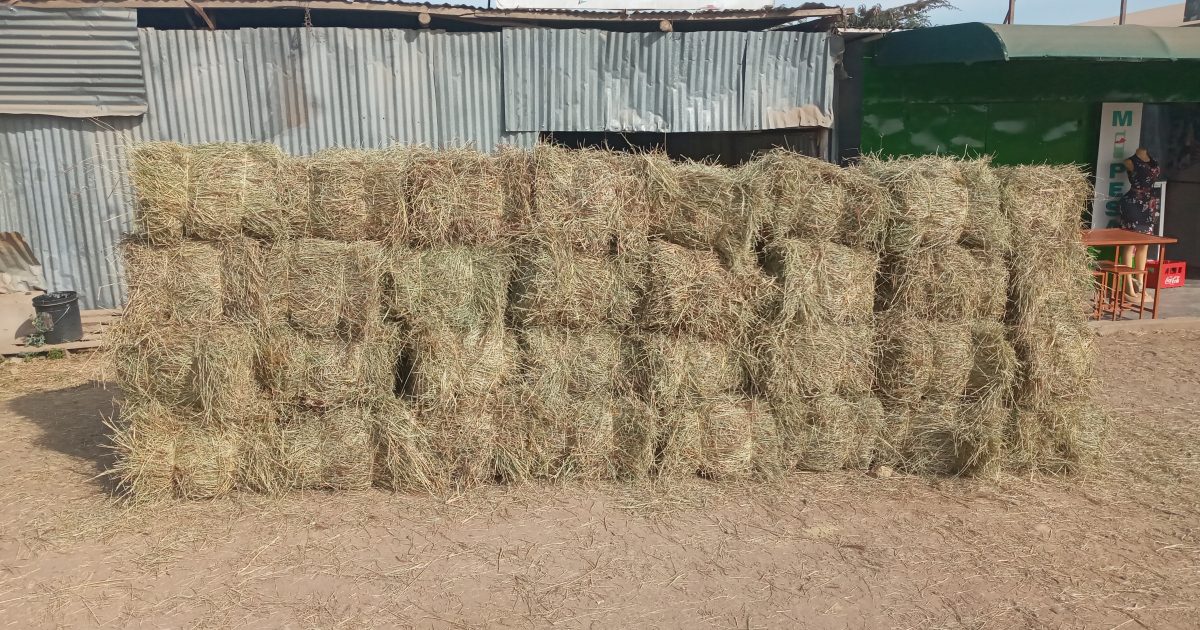The ongoing drought has provided a chance for business people to literally make hay while the sun shines.
Lorries carrying hay for sale have become a constant sight along the Nairobi- Namanga highway which is not the norm when the area receives adequate rains.
Antony Njoroge, one of the people operating the hay business in Kajiado says that he saw an opportunity to provide a solution to the livestock farmers while at the same time making profits.
“I have a hardware shop in Kitengela and most of my customers are livestock farmers who kept complaining about the lack of pasture for their animals. I decided to be ferrying the hay for them from Naivasha and Tharaka Nithi,” said Njoroge.
He started selling the hay from mid-June and he is all smiles as he had struck gold.
“I brought 100 bales from Naivasha and within two days they were all bought at a price of Sh 300 each,” narrated Njoroge.
From then on, he has been supplying the farmers with the hay while still operating his hardware.
Lucy Wangui’s fortunes have also changed ever since the drought begun.
Wangui who has been selling the hay to farmers who practice zero grazing since 2019 says that the business has boomed since the drought started as livestock farmers have been forced to buy hay for their livestock as pasture has diminished.
She says that she sources the hay from Narok and Nakuru counties depending on availability. Wangui also sells molasses since the demand for the product is also high.
“The farmers mix the molasses with the hay for better results. I sell 20 litres of molasses at Sh 470 while 10 litres go for Sh250,” said Wangui.
The livestock off-take programme by the government is currently underway in Kajiado.
The programme will cost a total of Sh8, 550,000 which will be used to purchase 570 herds of cattle from vulnerable families.
5,070 vulnerable families with an average of five persons per family will benefit from the programme.
The Livestock distribution for the programme in Kajiado will be; Kajiado Central 131, Kajiado East 114, Kajiado South 143, Kajiado West 148 and Kajiado North 34.
The slaughtering process will start between July 18- 24 and the meat will be provided as relief meat to the vulnerable households.1 cow is supposed to feed 10 families.
By Diana Meneto





